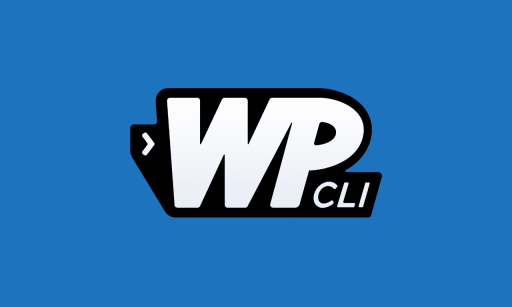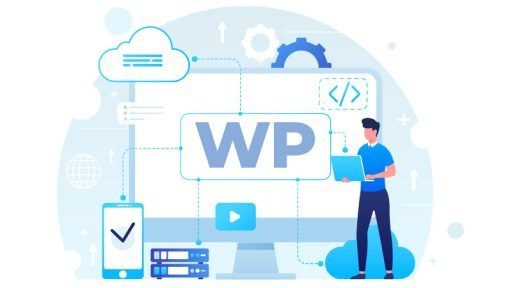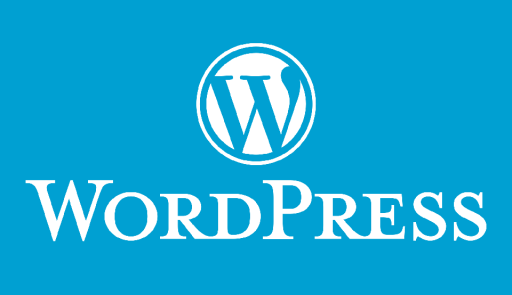When it comes to building headless WordPress applications, developers have two main options for interacting with the WordPress backend: GraphQL and REST API. Both options have their own advantages and disadvantages, and the choice between them will depend on the specific needs of your project.
REST API, short for Representational State Transfer API, is a widely-used standard for building web services. It is a simple and flexible way to retrieve data from a server, and it is supported by WordPress out-of-the-box. With REST API, developers can retrieve data by making HTTP requests to specific endpoints, and the data is returned in a format such as JSON.
GraphQL, on the other hand, is a newer technology that was developed by Facebook in 2012. It is a query language that allows developers to retrieve data in a more efficient and flexible way. With GraphQL, developers can specify exactly the data they need, rather than having to retrieve all data available. This can lead to faster load times and a better user experience. Additionally, GraphQL allows for real-time updates, which means that any changes made to the WordPress database will be immediately reflected in the application.
When it comes to headless WordPress, GraphQL is a good alternative to REST API because of its efficiency and flexibility. With GraphQL, developers can retrieve only the data they need, without having to retrieve all data available. This can lead to faster load times and a better user experience. Additionally, GraphQL allows for real-time updates, which means that any changes made to the WordPress database will be immediately reflected in the application.
One of the major disadvantage of REST API is that it can be slow and resource-intensive if you need to retrieve a lot of data, as it requires multiple API calls to retrieve all the data. With GraphQL, on the other hand, you can retrieve all the data you need in a single request, which makes it more efficient.
Another disadvantage of REST API is that it is not very flexible. Each endpoint only returns a specific set of data, and there is no way to retrieve additional data without making multiple API calls. With GraphQL, you can retrieve any data you need in a single request, which makes it more flexible.
In conclusion, GraphQL is a good alternative to REST API when it comes to headless WordPress. It is more efficient and flexible, allowing developers to retrieve only the data they need, without having to retrieve all data available
Frequently Asked Questions:
- What is REST API? REST API is a widely-used standard for building web services. It is a simple and flexible way to retrieve data from a server, and it is supported by WordPress out-of-the-box.
- What is GraphQL? GraphQL is a query language that allows developers to retrieve data in a more efficient and flexible way. With GraphQL, developers can specify exactly the data they need, rather than having to retrieve all data available.
- Why is GraphQL a good alternative to REST API for headless WordPress? GraphQL is a good alternative to REST API for headless WordPress because it is more efficient and flexible, allowing developers to retrieve only the data they need, without having to retrieve all data available. Additionally, GraphQL allows for real-time updates, which means that any changes made to the WordPress database will be immediately reflected in the application.
- What are the main advantages of GraphQL over REST API? The main advantages of GraphQL over REST API are its efficiency, flexibility, and real-time updates. GraphQL allows developers to retrieve only the data they need, without having to retrieve all data available. Additionally, GraphQL allows for real-time updates, which means that any changes made to the WordPress database will be immediately reflected in the application.
- What are the main disadvantages of REST API? The main disadvantages of REST API are that it can be slow and resource-intensive if you need to retrieve a lot of data, as it requires multiple API calls to retrieve all









